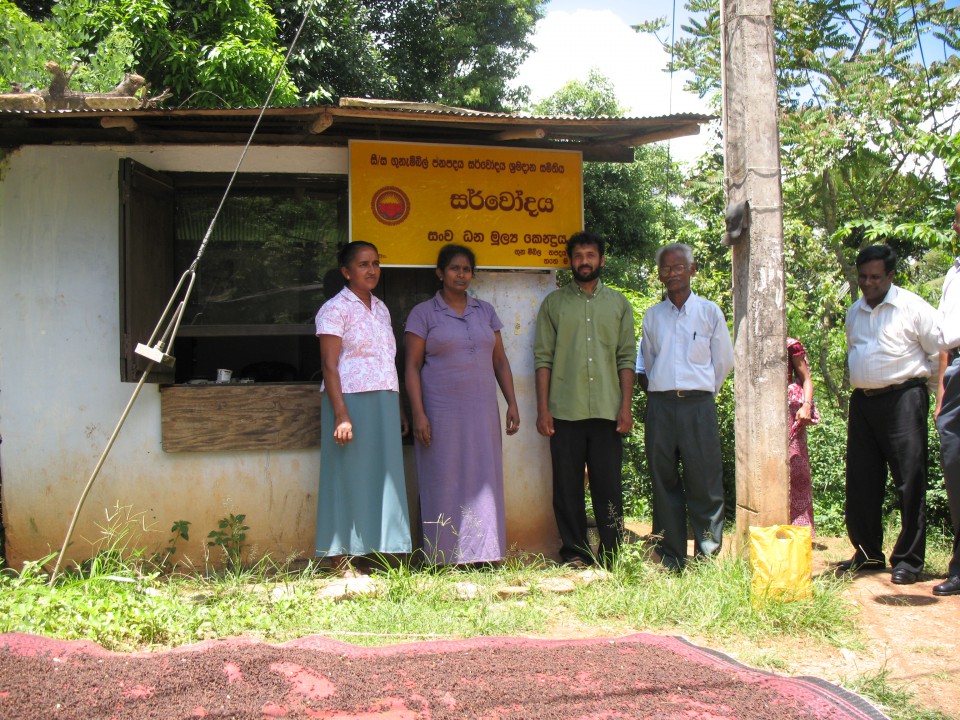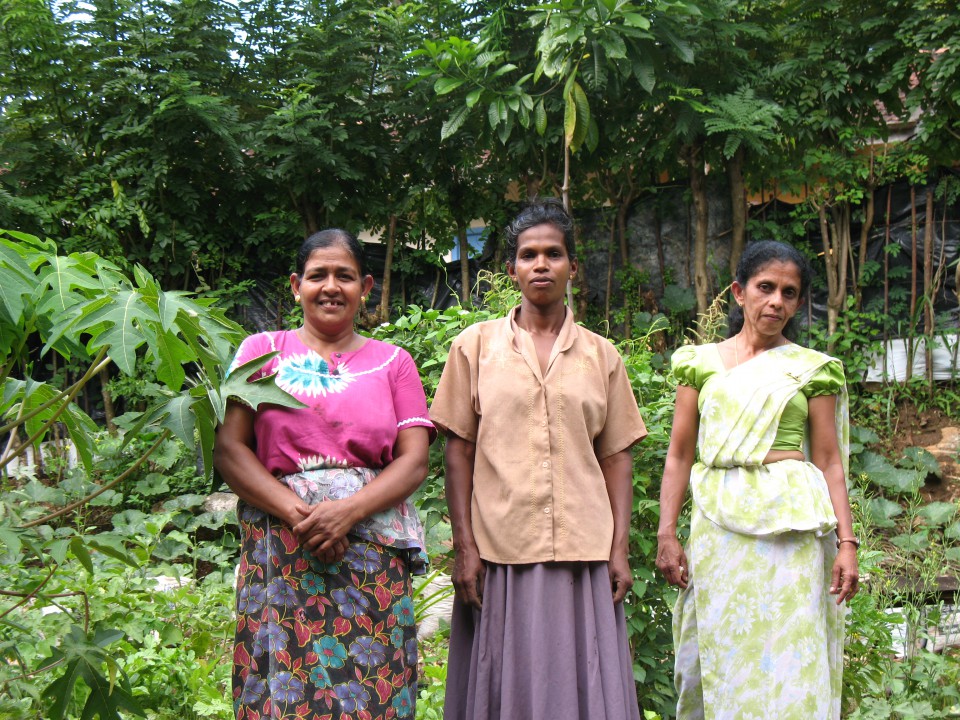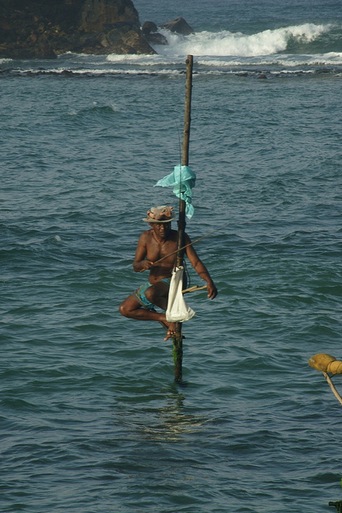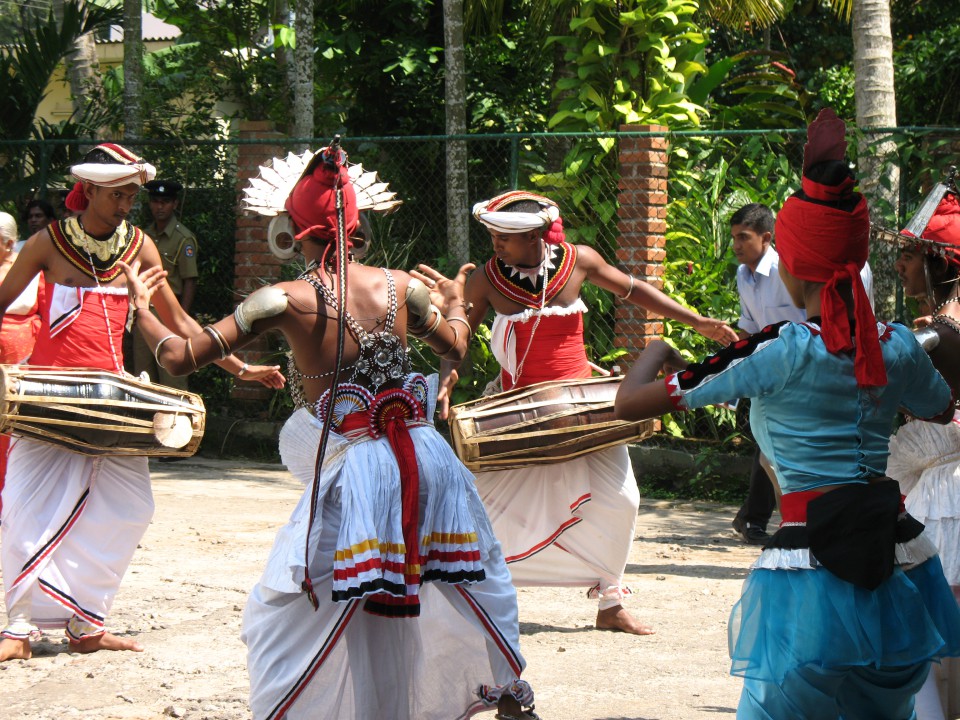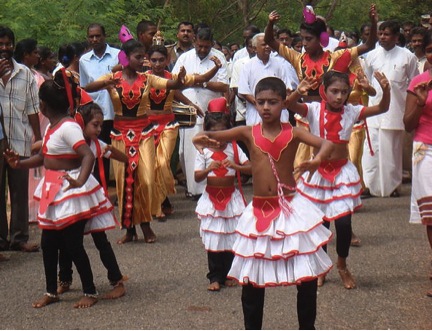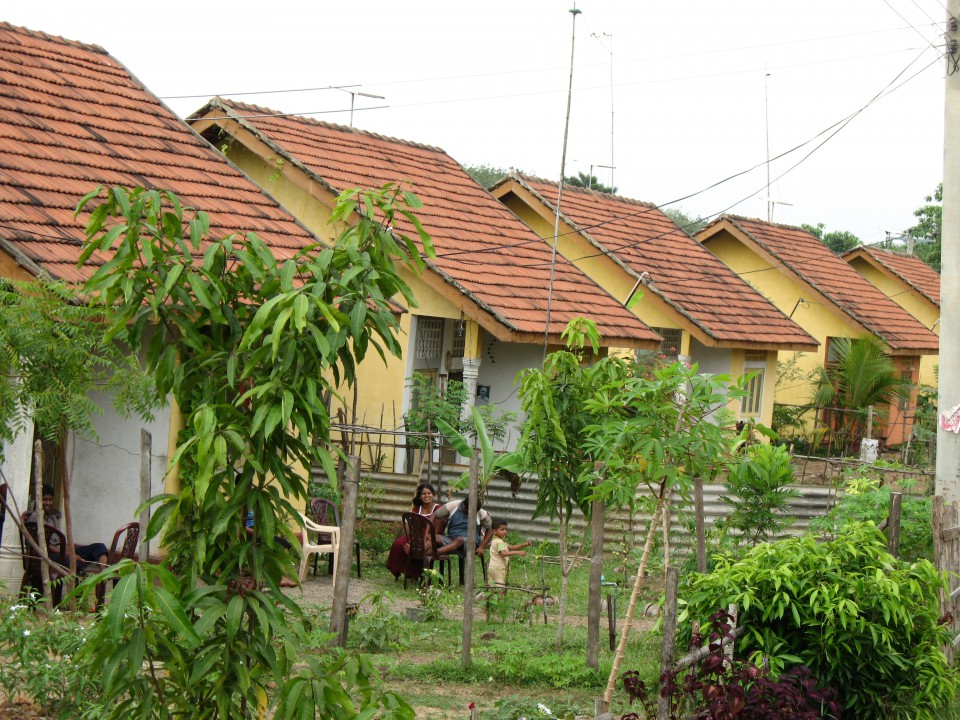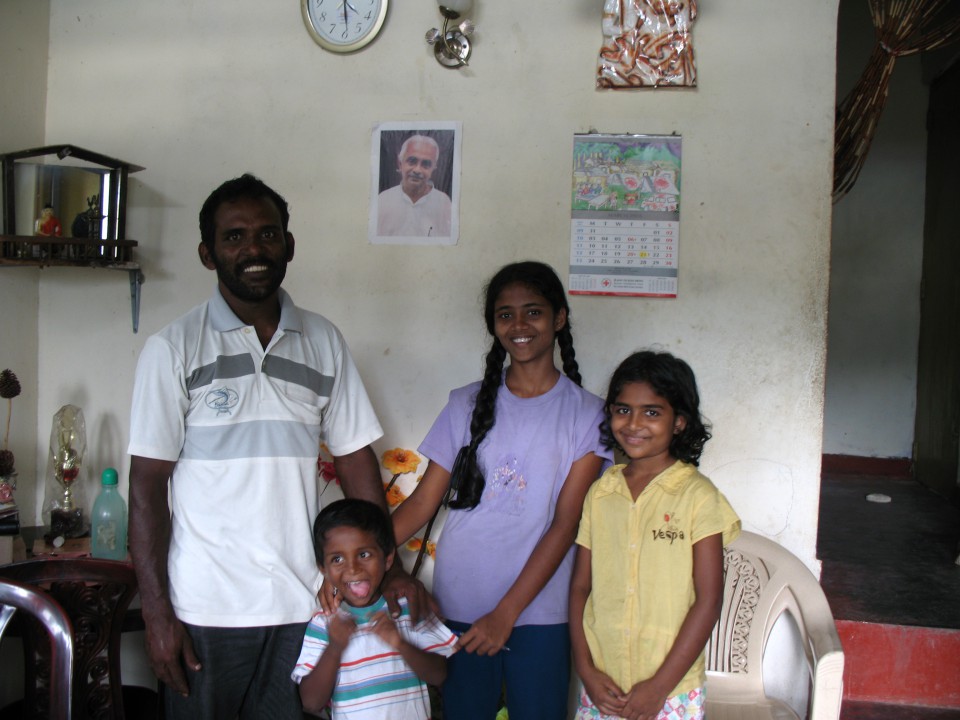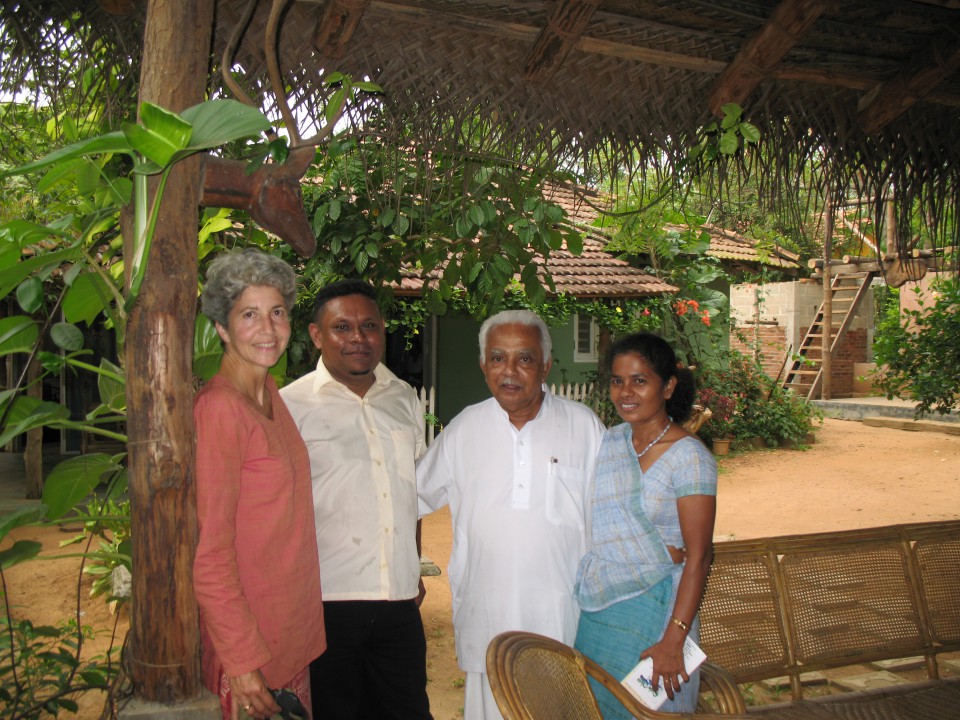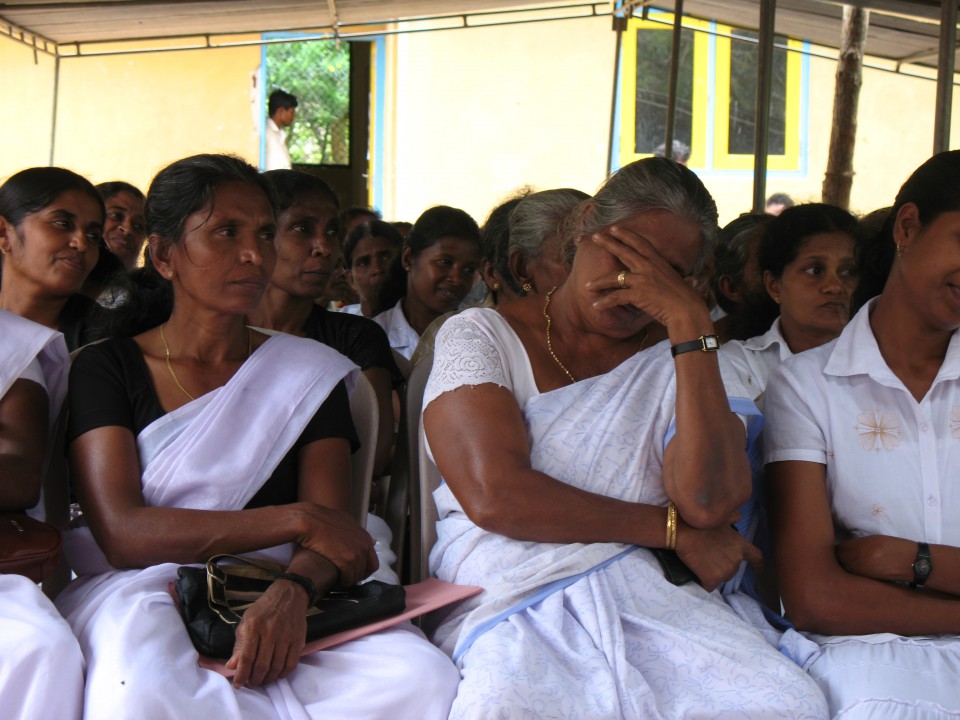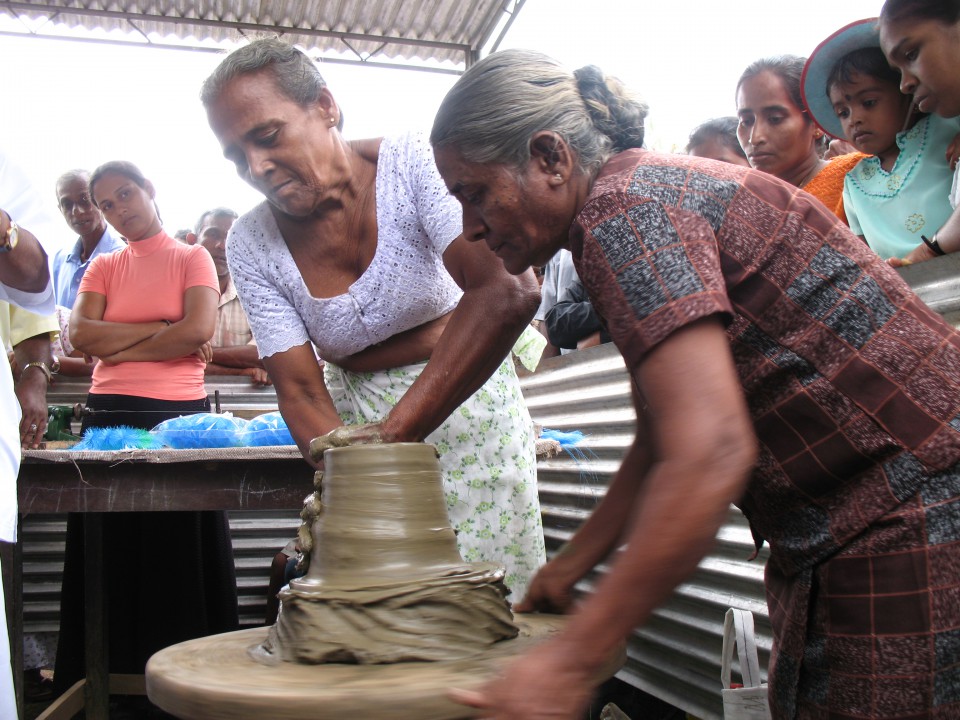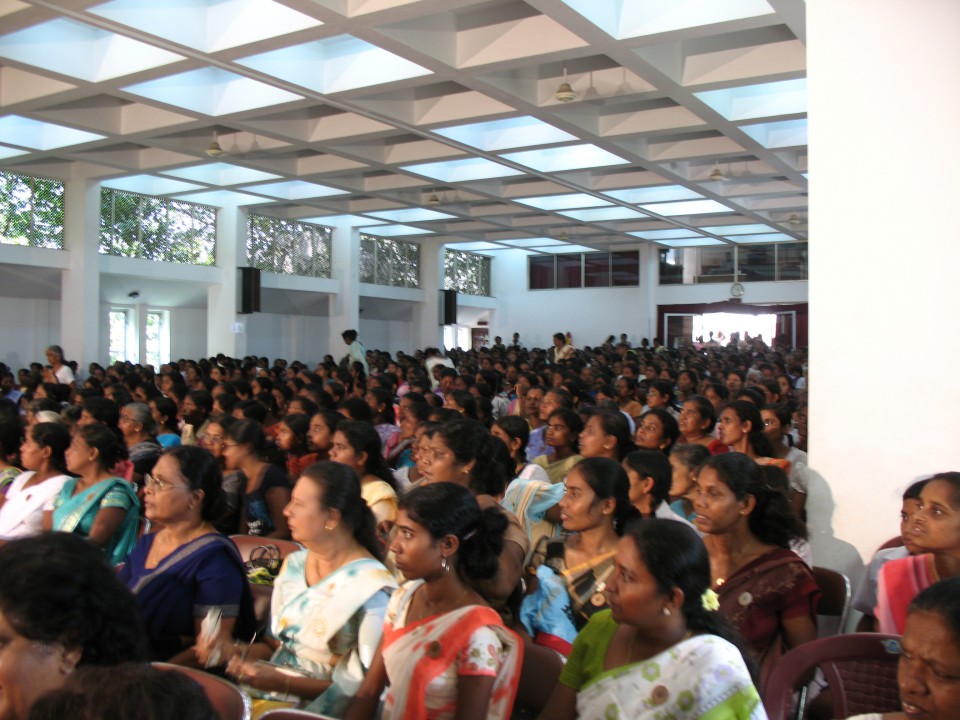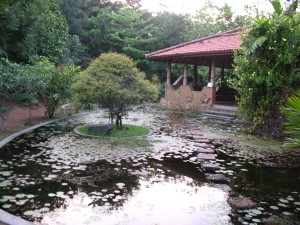Sarvodaya
When people ask how many ecovillages there are in the world, I tell them it depends upon whether you count the 15,000 Sri Lankan villages working with Sarvodaya, Sri Lanka’s largest nongovernmental organization.
The Sarvodaya Shramadana movement, which literally means “the awakening of all through the sharing of labor,” began in 1957 when Dr. A. T. Ariyaratne brought Gandhi’s vision of village self-sufficiency to his country.
The basic premise is that, by working together to meet their needs, villagers can simultaneously enhance their material wellbeing, their social relationships, and their spiritual consciousness.
When a village decides democratically upon a project and commits itself to supplying the necessary labor, Sarvodaya brings in supplies and technical support.
An integral part of Sarvodaya’s work is its Peace Meditation, a simple practice of observing the breath and contemplating one’s interdependence with all of life. For Sarvodaya, all social problems—war, poverty, environmental destruction, the oppression of women—are rooted not in legislation, institutions, or even behavior, but in consciousness.
Consequently, every development project, whether it be a school, a water system, a community garden, or a health clinic, is an instrument for the transformation of human consciousness.
As Sarvodaya’s members say, “We build the road, and the road builds us.” (Most photos from http://www.flickr.com/photos/sarvodaya/)
Official website: http://www.sarvodaya.org/
Introductory video


